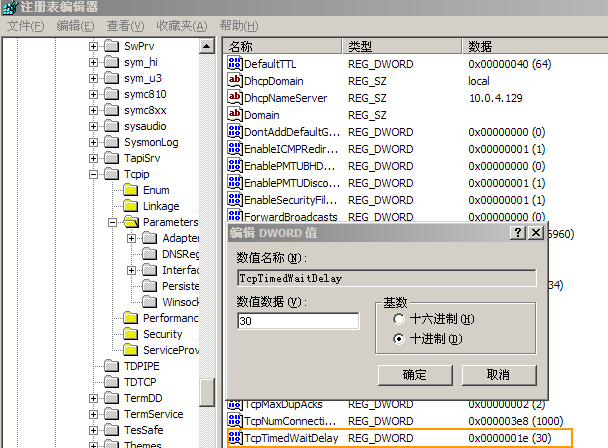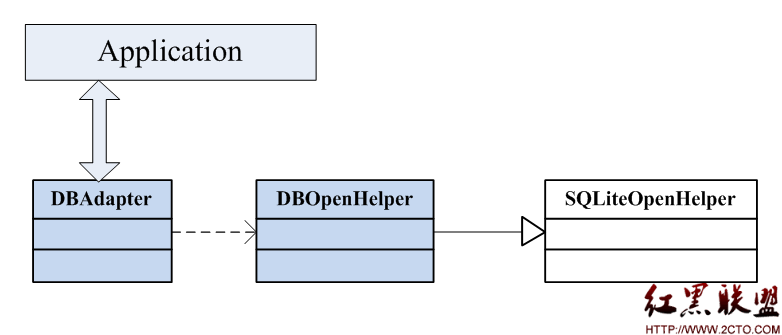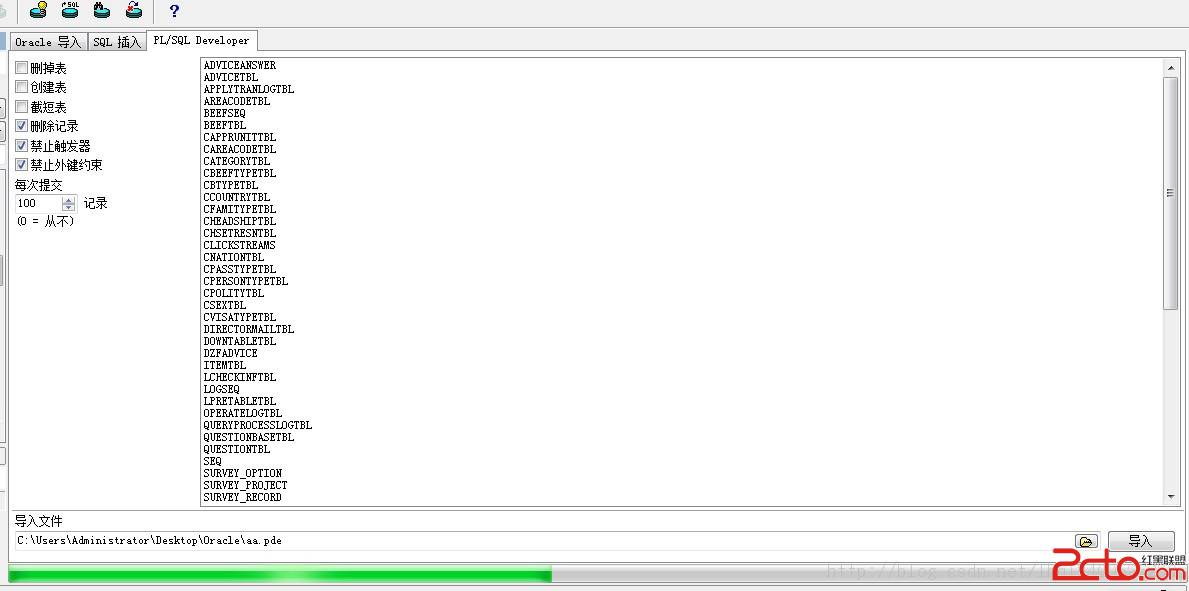Postgres数组使用
Postgres数组使用
环境:
OS:CentOS 6.2
DB: PostgreSQL 9.2.4
1.数组的定义
不一样的维度元素长度定义在数据库中的实际存储都是一样的,数组元素的长度和类型必须要保持一致,并且以中括号来表示。
合理的:
array[1,2] --一维数组
array[[1,2],[3,5]] --二维数组 '{99,889}'
不合理的:
array[[1,2],[3]] --元素长度不一致
array[[1,2],['Kenyon','good']] --类型不匹配
[postgres@localhost ~]$ psql
psql (9.2.4)
Type "help" for help.
postgres=# create table t_kenyon(id serial primary key,items int[]);
NOTICE: CREATE TABLE will create implicit sequence "t_kenyon_id_seq" for serial column "t_kenyon.id"
NOTICE: CREATE TABLE / PRIMARY KEY will create implicit index "t_kenyon_pkey" for table "t_kenyon"
CREATE TABLE
postgres=# \d+ t_kenyon
Table "public.t_kenyon"
Column | Type | Modifiers | Storage | Stats target | Description
--------+-----------+-------------------------------------------------------+----------+--------------+-------------
id | integer | not null default nextval('t_kenyon_id_seq'::regclass) | plain | |
items | integer[] | | extended | |
Indexes:
"t_kenyon_pkey" PRIMARY KEY, btree (id)
Has OIDs: no
postgres=# create table t_ken(id serial primary key,items int[4]);
NOTICE: CREATE TABLE will create implicit sequence "t_ken_id_seq" for serial column "t_ken.id"
NOTICE: CREATE TABLE / PRIMARY KEY will create implicit index "t_ken_pkey" for table "t_ken"
CREATE TABLE
postgres=# \d+ t_ken
Table "public.t_ken"
Column | Type | Modifiers | Storage | Stats target | Description
--------+-----------+----------------------------------------------------+----------+--------------+-------------
id | integer | not null default nextval('t_ken_id_seq'::regclass) | plain | |
items | integer[] | | extended | |
Indexes:
"t_ken_pkey" PRIMARY KEY, btree (id)
Has OIDs: no
数组的存储方式是extended的。
2.数组操作
a.数据插入,有两种方式
postgres=# insert into t_kenyon(items) values('{1,2}');
INSERT 0 1
postgres=# insert into t_kenyon(items) values('{3,4,5}');
INSERT 0 1
postgres=# insert into t_kenyon(items) values(array[6,7,8,9]);
INSERT 0 1
postgres=# select * from t_kenyon;
id | items
----+-----------
1 | {1,2}
2 | {3,4,5}
3 | {6,7,8,9}
(3 rows)
b.数据删除
postgres=# delete from t_kenyon where id = 3;
DELETE 1
postgres=# delete from t_kenyon where items[1] = 4;
DELETE 0
postgres=# delete from t_kenyon where items[1] = 3;
DELETE 1
c.数据更新
往后追加
postgres=# update t_kenyon set items = items||7;
UPDATE 1
postgres=# select * from t_kenyon;
id | items
----+---------
1 | {1,2,7}
(1 row)
postgres=# update t_kenyon set items = items||'{99,66}';
UPDATE 1
postgres=# select * from t_kenyon;
id | items
----+------------------
1 | {1,2,7,55,99,66}
(1 row)
往前插
postgres=# update t_kenyon set items = array_prepend(55,items) ;
UPDATE 1
postgres=# select * from t_kenyon;
id | items
----+---------------------
1 | {55,1,2,7,55,99,66}
(1 row)
d.数据查询
postgres=# insert into t_kenyon(items) values('{3,4,5}');
INSERT 0 1
postgres=# select * from t_kenyon where id = 1;
id | items
----+---------------------
1 | {55,1,2,7,55,99,66}
(1 row)
postgres=# select * from t_kenyon where items[1] = 55;
id | items
----+---------------------
1 | {55,1,2,7,55,99,66}
(1 row)
postgres=# select * from t_kenyon where items[3] = 5;
id | items
----+---------
4 | {3,4,5}
(1 row)
postgres=# select items[1],items[3],items[4] from t_kenyon;
items | items | items
-------+-------+-------
55 | 2 | 7
3 | 5 |
(2 rows)
postgres=# select unnest(items) from t_kenyon where id = 4;
unnest
--------
3
4
5
(3 rows)
e.数组比较
postgres=# select ARRAY[1,2,3] <= ARRAY[1,2,3];
?column?
----------
t
(1 row)
f.数组字段类型转换
postgres=# select array[['11','12'],['23','34']]::int[];
array
-------------------
{{11,12},{23,34}}
(1 row)
postgres=# select array[[11,12],[23,34]]::text[];
array
-------------------
{{11,12},{23,34}}
(1 row)
3.数组索引
postgres=# create table t_kenyon(id int,item





